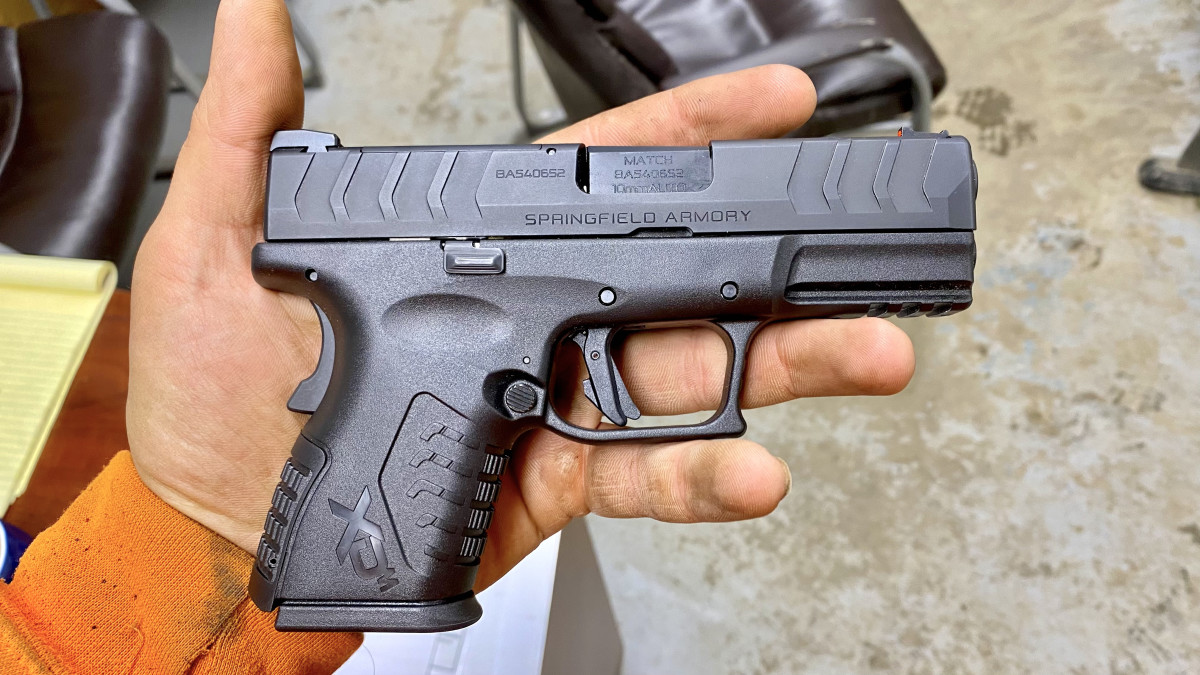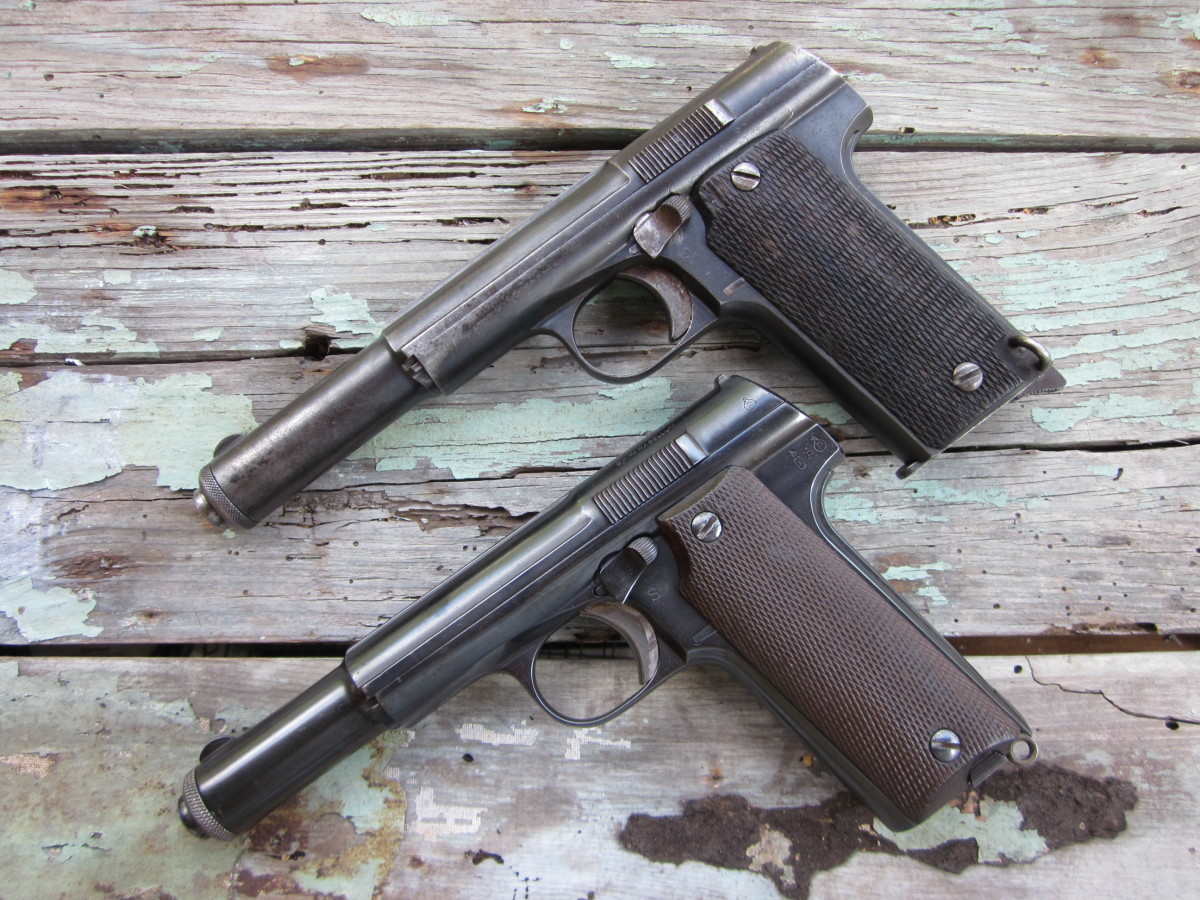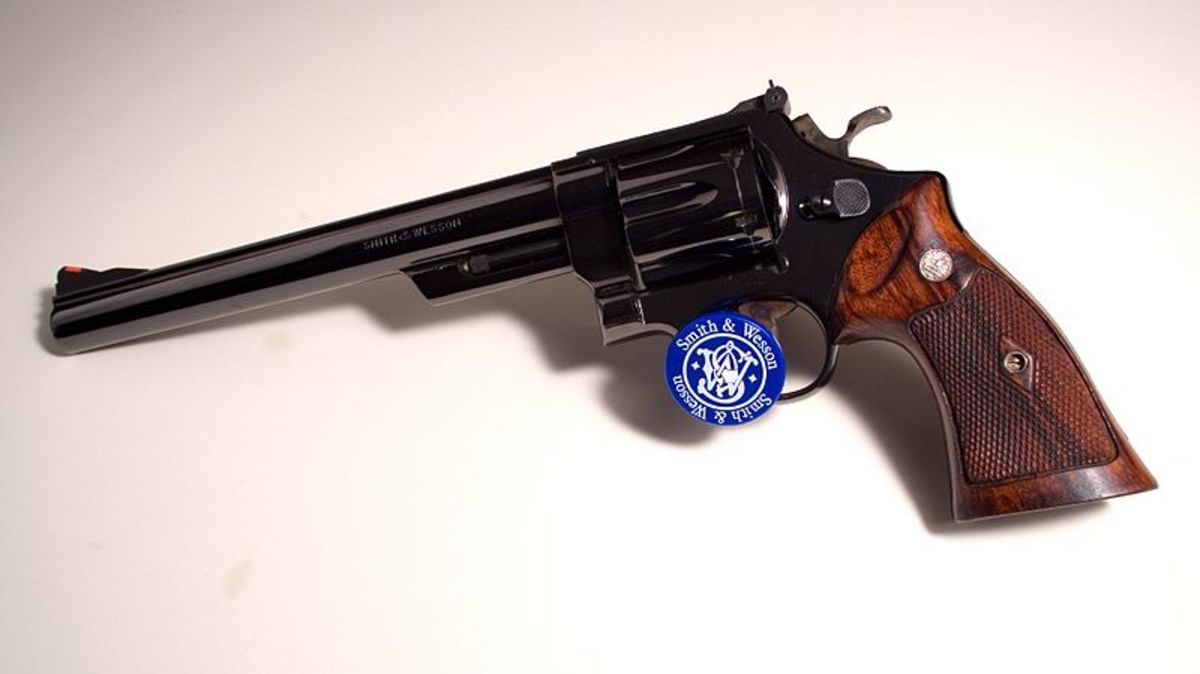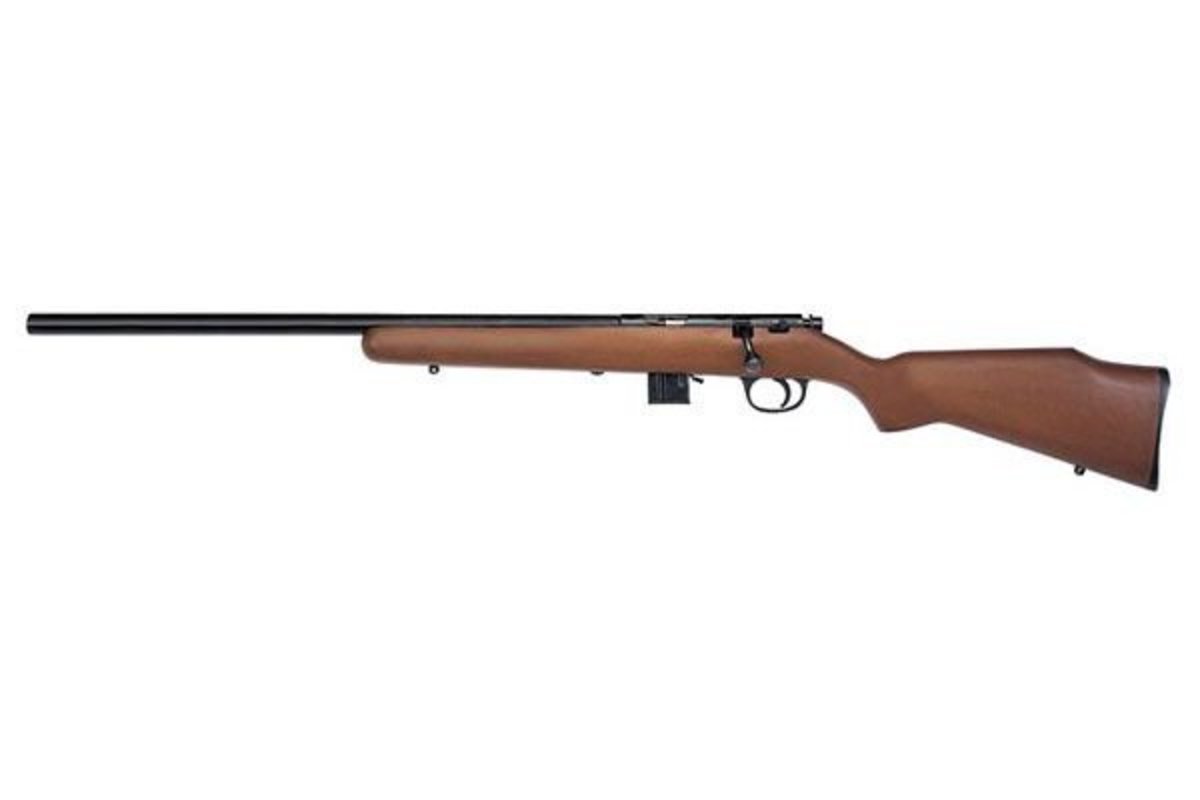- HubPages»
- Sports and Recreation»
- Hunting & Shooting»
- Guns & Accessories
Concealed Carry of Firearms: Semi-automatic Pistol Basics
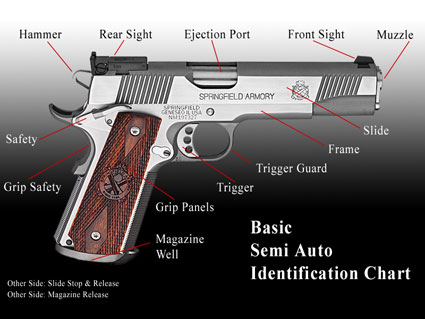
In another article I discussed the basics of revolvers; in this article, I’ll discuss the basics of the semi-auto pistol. Presently, semi-autos greatly outnumber revolvers for concealed carry and probably for home-defense as well. For the rest of this article I’ll use the term pistol to refer to a semi-auto pistol. Revolvers are generally not referred to as pistols but as revolvers or “wheel guns”.
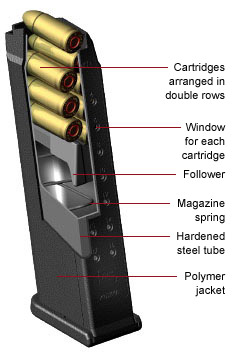
How They Operate
Pistols operate quite a bit differently than revolvers. Semi-auto pistols hold the ammunition in a magazine that fits into the bottom of the grip. (The opening in the bottom of the grip for the magazine is called the magazine well.)
To fire, a magazine is loaded with ammunition and inserted into the magazine well. Once that’s done, the slide is pulled back and then released to load one round of ammunition into the chamber. This is commonly called “racking the slide”. What you do from this point varies depending on the type of pistol.
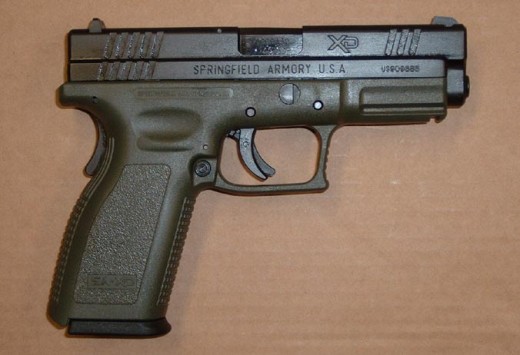
SA, DA, and Striker Fired
There isn’t enough space in this article to cover all the different types of semi-auto pistols with their various types of operating modes and controls. Basically though, semi-auto pistols, like revolvers, are available in single action (SA) and double action (DA). The difference however is that a DA pistol is double action for the first shot only; after that all shots are single action. In addition, some semi-auto pistols have manually operated safeties, some do not.
And just to make things a little more interesting there are striker-fired pistols that don’t fall into the SA or DA category. A striker-fired pistol has no external hammer. A striker is a plunger type of device that’s held back under spring tension. When the trigger is pulled, it releases the striker which travels forward under spring tension to fire the round in the chamber.
Not All Striker Fired Pistols Are The Same
Among the striker fired pistols, there are different types of designs. Glocks and Springfield XD’s for example, differ in that the striker on the Glock is only partially “cocked” after the slide is cycled. When the trigger is pulled, it pulls the striker back to its “fully cocked” position and then it is released.
On the XD, the striker is fully “cocked” after each shot and is held back by a sear. When the trigger is pulled, it drops the sear slightly and releases the striker. The details of these differences aren’t important to the novice but just realize that these design differences make a difference in how the trigger feels.
The trigger pull on Glocks is like no other. They have a spongy feel to them that is quite different than most other triggers. Once you get used to the trigger though is very easy to “stage” the trigger after each shot and fire follow up shots very quickly.

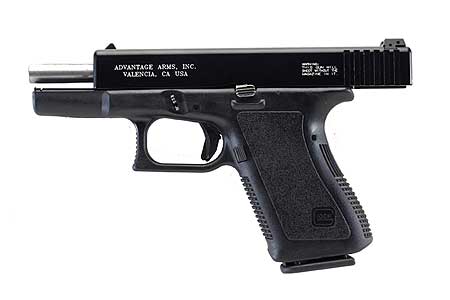
The Firing Cycle
Pistols use the power of the fired round to cycle the action. Cycling the action forces the slide backwards which ejects the now empty case, cocks the hammer or striker, and strips the next fresh round from the magazine and loads it into the chamber. It does this for each pull of the trigger until the magazine is empty.
After the last round is fired, most pistols lock the slide back so that the action remains open. This provides a visual indication that the magazine is empty and makes reloading faster by eliminating the need to rack the slide. You just need to insert a loaded magazine, pull back the slide slightly to disengage the slide stop, and then release it to go forward under spring tension.
Capacity
The capacity of pistols varies from 5 or 6 rounds in small pocket pistols to as many as 19 rounds in some cases. Small, pocket .32’s and .380’s may only carry 5 or 6 rounds while full size 9mm’s can carry up to 19 rounds depending on model and magazine type. Eight to 15 rounds is pretty typical though.
Just as in revolvers, the ergonomics of pistols vary greatly. When looking for a handgun, handle it and see how it feels. It should feel comfortable, it should feel good. You should feel that you have a secure hold on it so that you will not lose your grip on it during recoil and so that someone could not easily pull it from your hand. Make sure you can easily reach the magazine release and safety.
Conclusion
In another article, I'll compare revolvers and pistols. They both have their strengths and weaknesses, and pros and cons. This will also help you start to determine what will work best for your needs.
- Concealed Carry of Firearms - Revolver Basics
My article on revolvers may be of interest to you as well. - The Right Pistol Handgun Grips Make a Difference
This is a good article on how to grip a handgun. - How to Shop for a Handgun, From Square One

